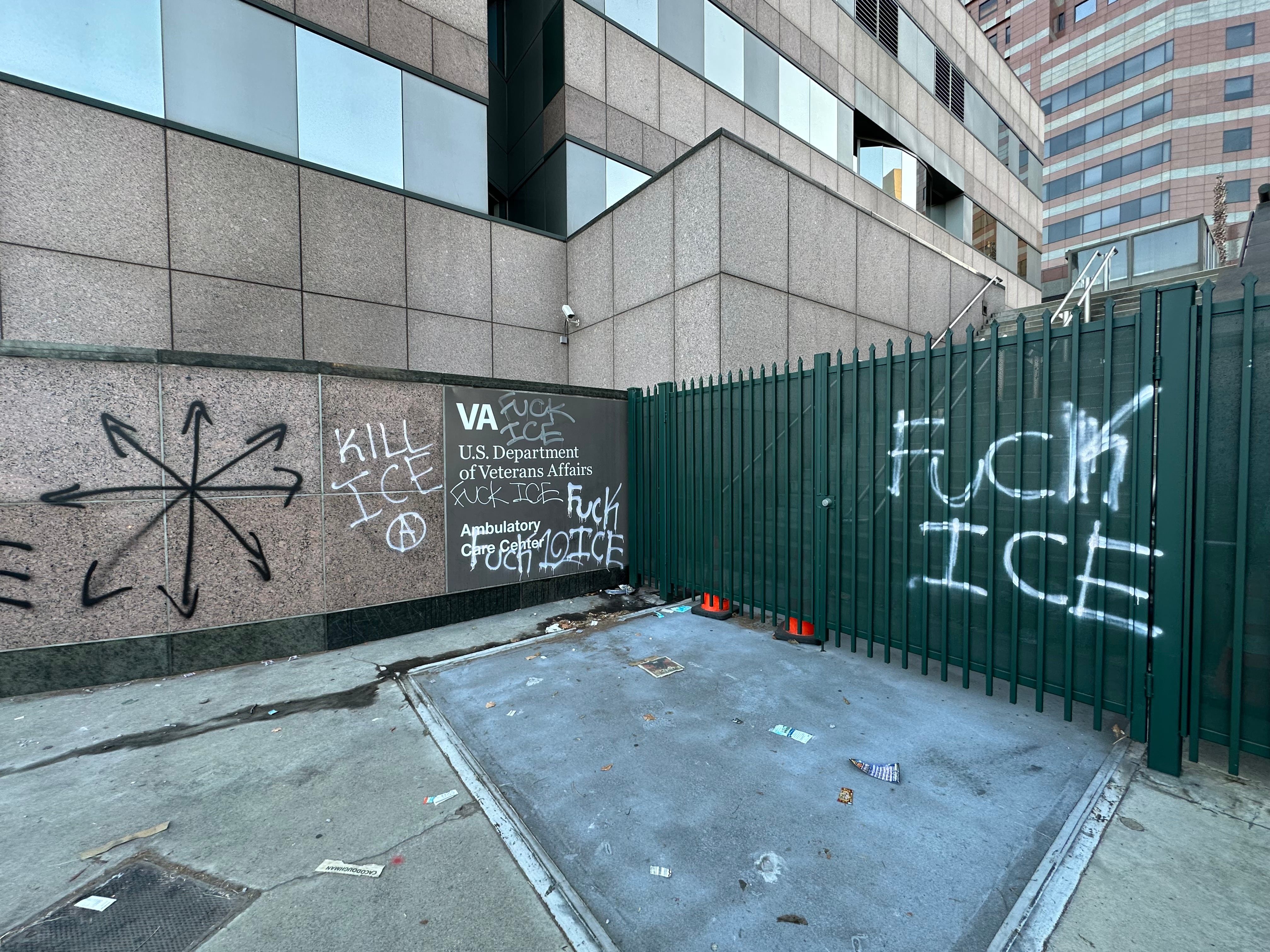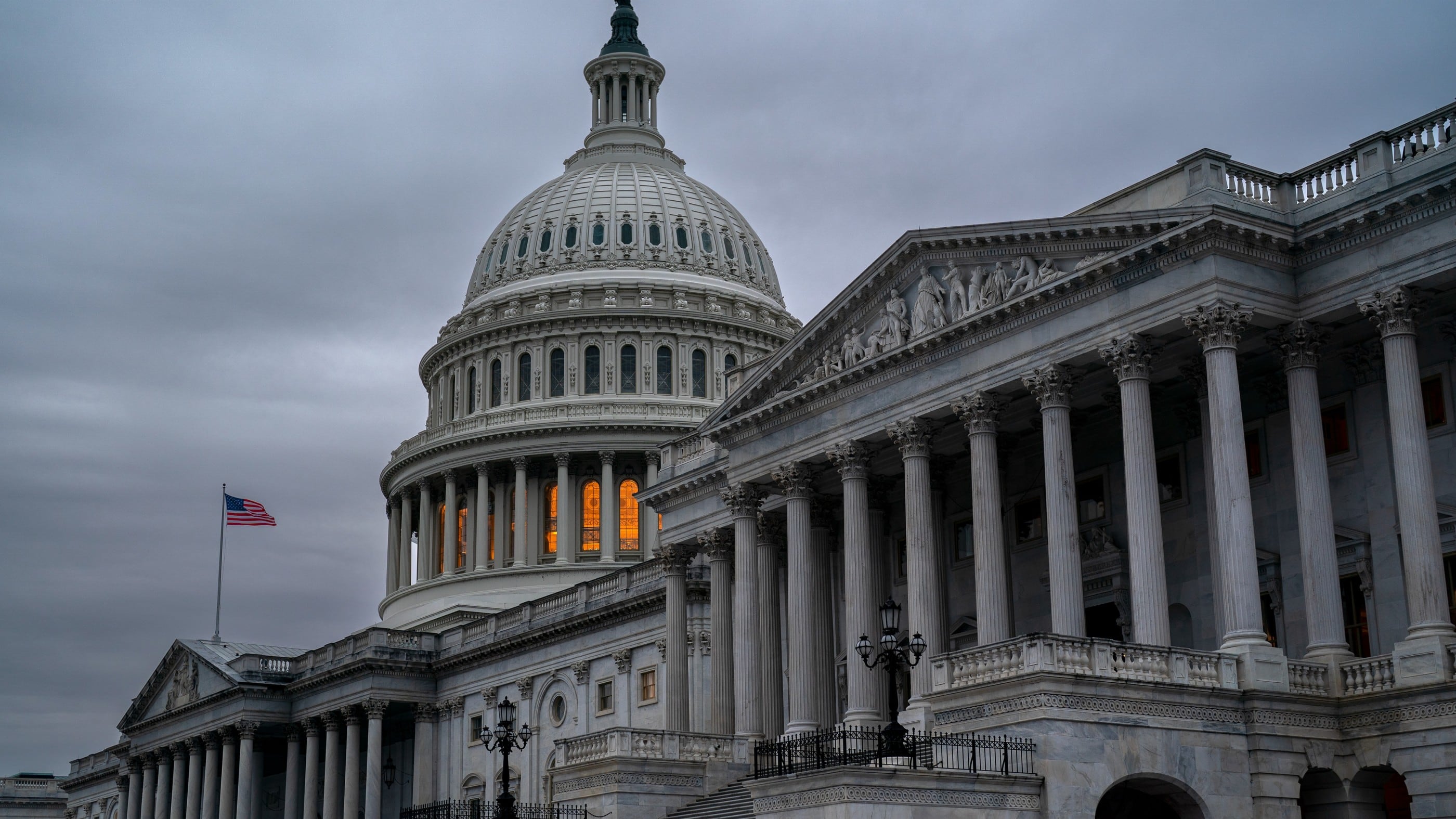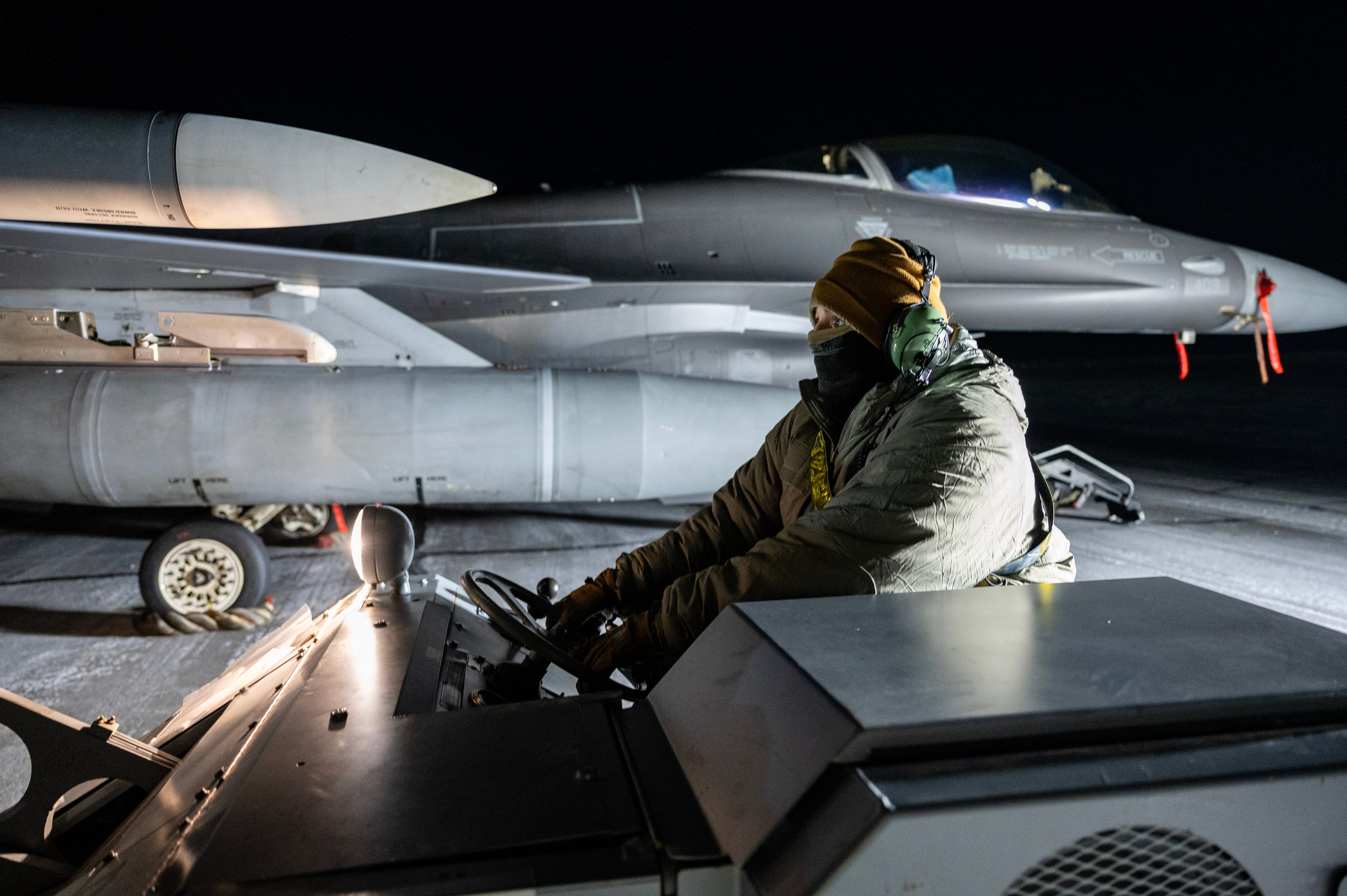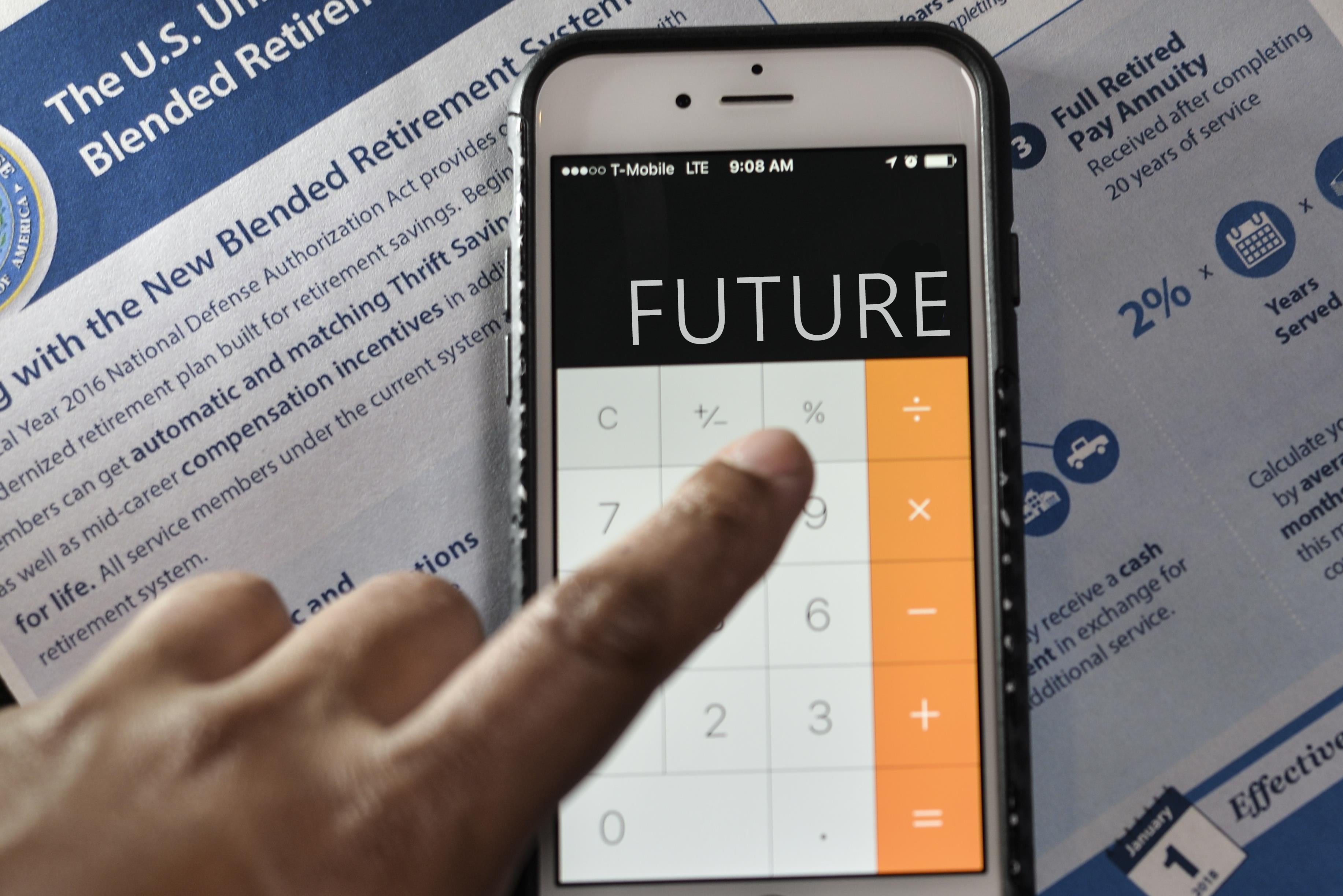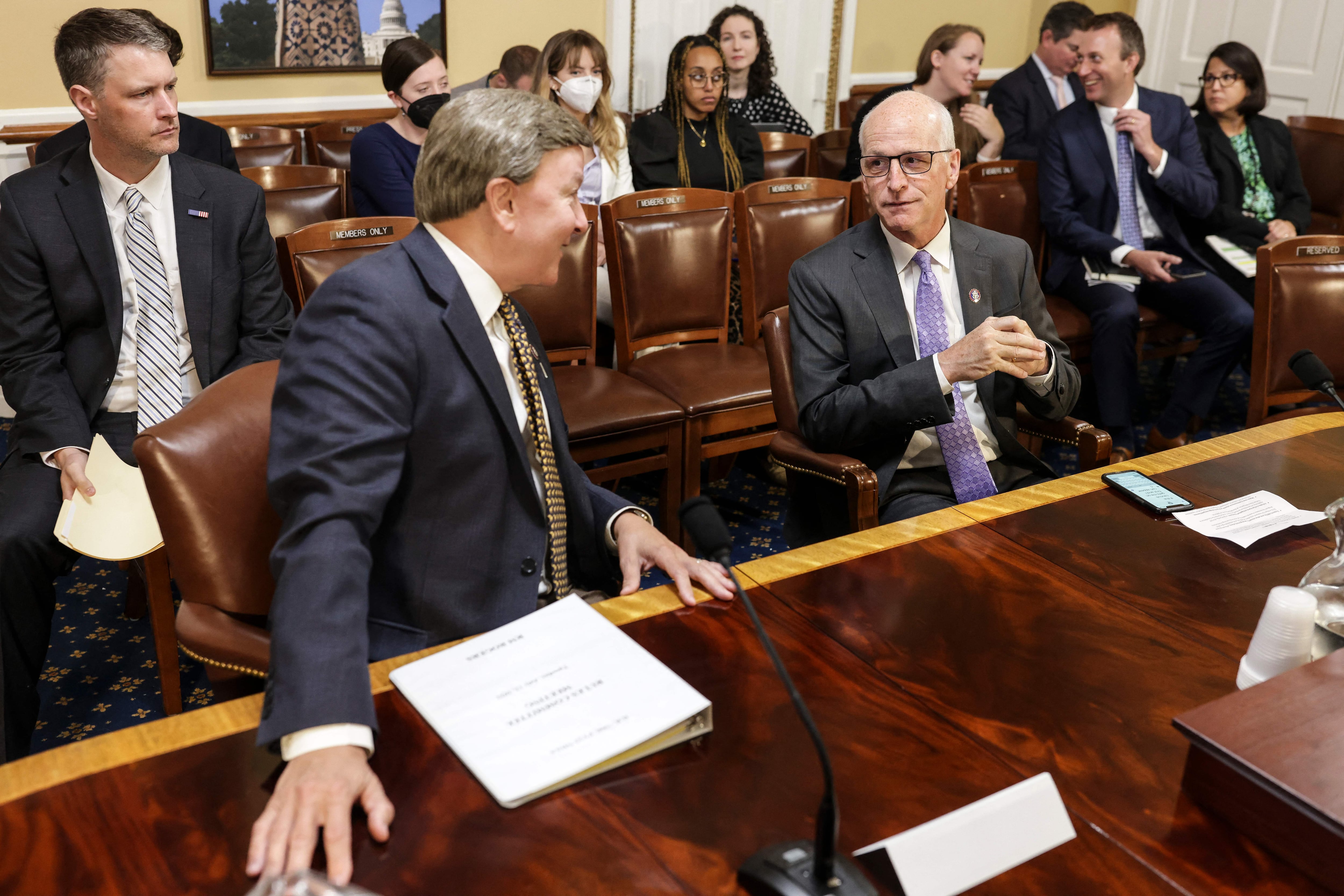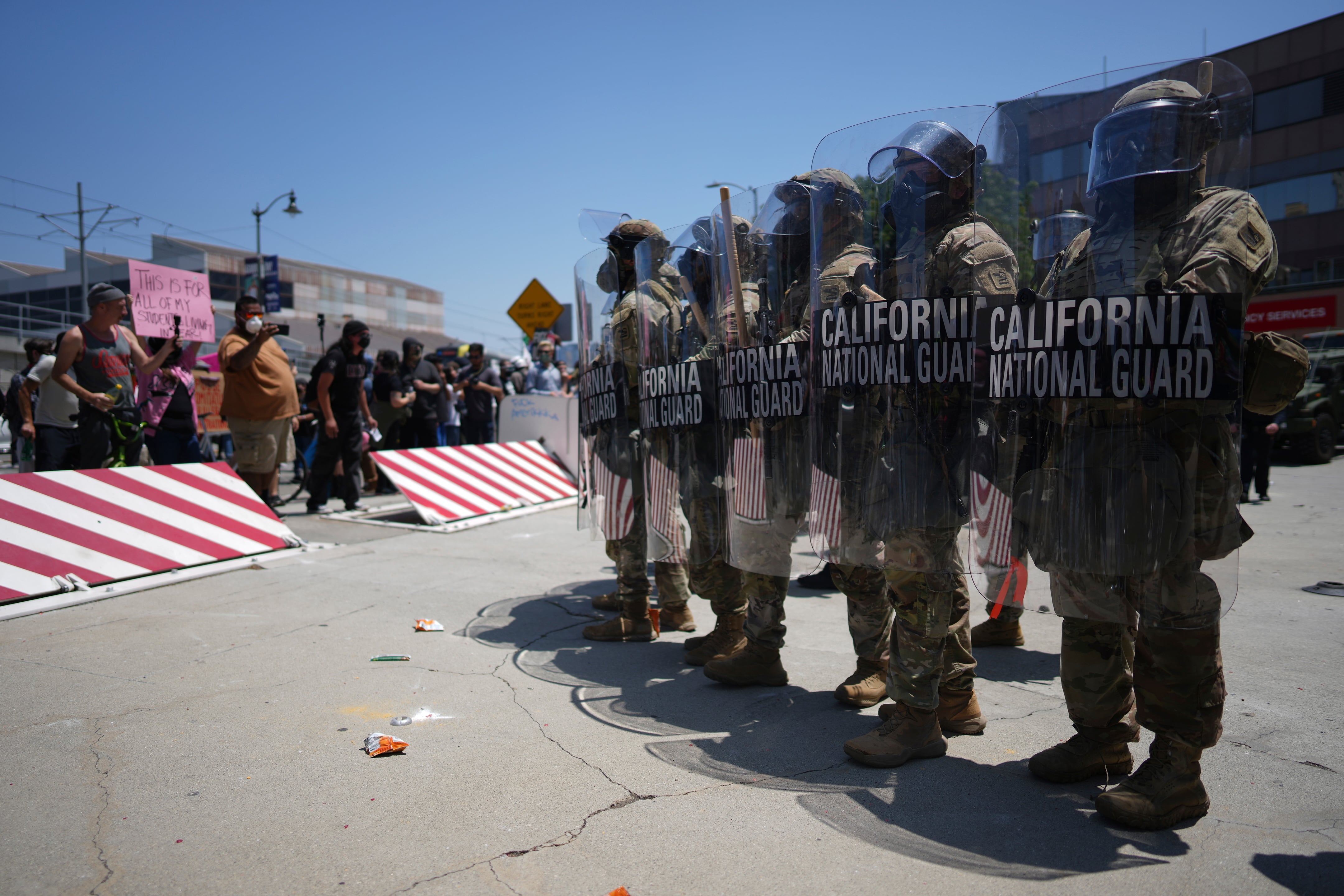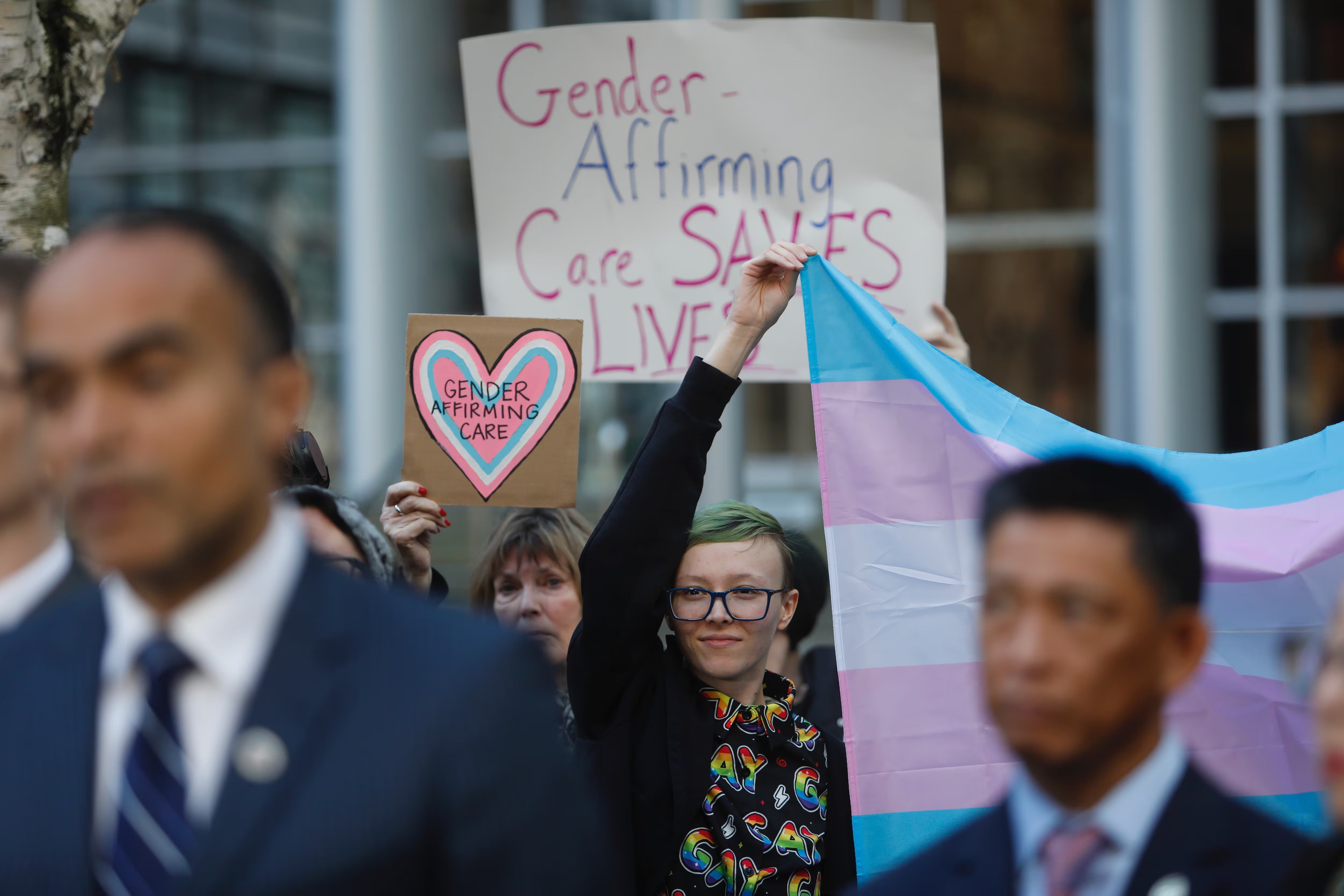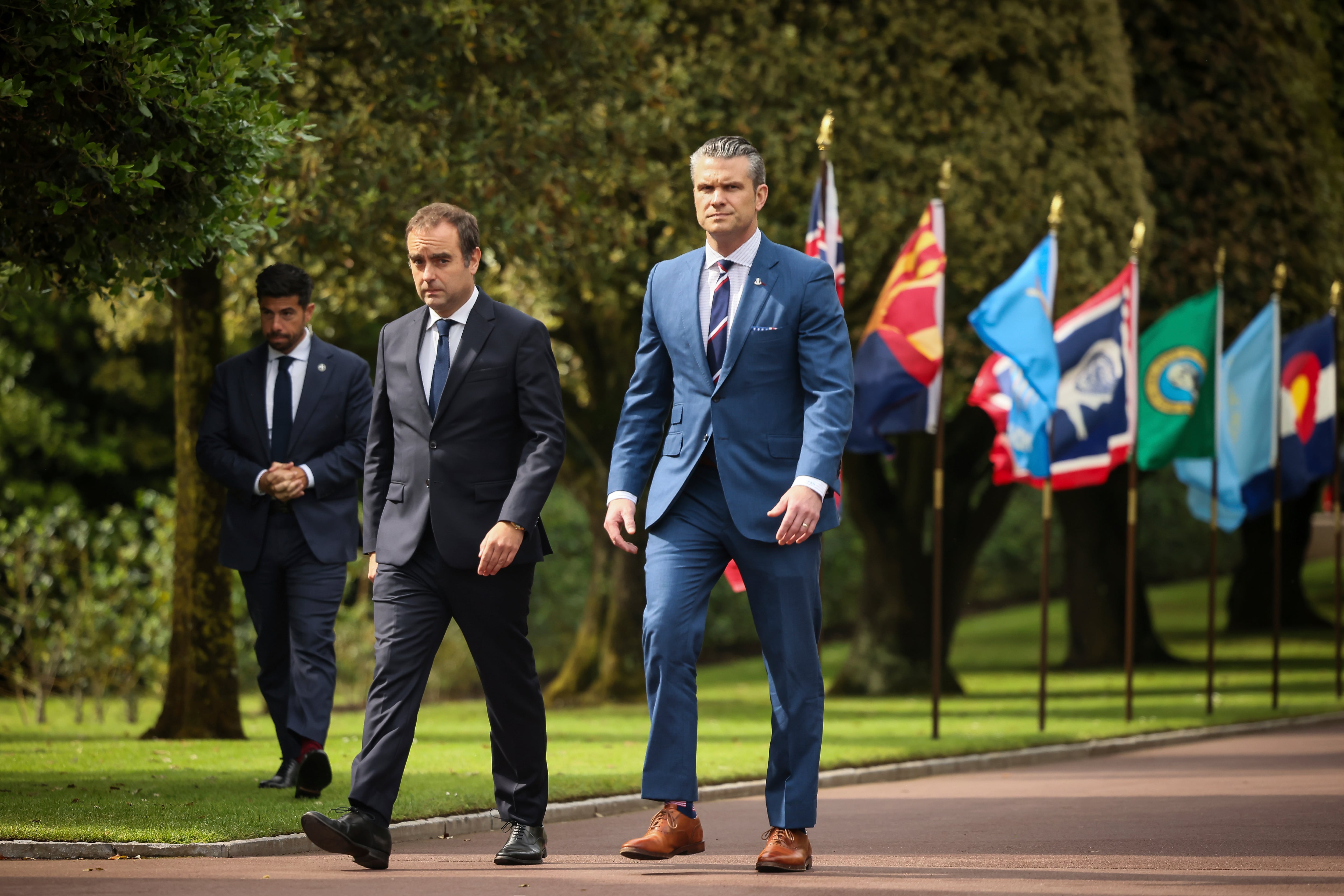Master Chief Petty Officer of the Navy (AW/NAC) Mike Stevens led the Navy's enlisted force through big changes during a four year period when the service saw high operational tempo, budget turmoil that had aeffects on their pay and work, and of course, a host of uniform changes.
Here's a look at his high-profile accomplishments and the ongoing work he turns over to his relief, the former-Fleet Master Chief Steven Giordano:
No more shenanigans
Stevens first big push was also his most controversial: sundowning induction and initiations in favor of tough but professional rites of passing under the year-round CPO-365 training program.
Alcohol was no longer permitted during any interactions with chiefs and first class petty officers — even social events — and profanity was outlawed.
And during the final hours before pinning, when selectees faced initiation rites shrouded in mystery, Stevens called instead for leaders to develop capstone events in the tradition of boot camp's "Battle Stations" graduation exercise.
"We will respect and treat those that have been selected to become chief petty officers in the same way we treat each other and that is NOT open to interpretation," Stevens wrote in his guidance.
Three years later, the evidence shows the Navy's CPO's are the most professional and are having a huge positive impact on the Navy today. Chiefs misconduct is down 40 percent over the past half a decade and it's still improving, Stevens said.
"Thanks to the hard work of our chief petty officer's mess and the support of our senior leaders, we took something that was very controversial and volatile and turned it into one of the premier leadership training programs in the world."
And as he leaves office in the midst of chief's season, no new allegations of misconduct towards selectees have appeared this year.
"We are two-thirds of the way through the CPO induction season and I have not received one single report of misconduct," he said. "This time, during the first season, we had received five or six."
Each year, the numbers have come down, he says, and like the overall state of misconduct among the Navy's senior enlisted — he's happy with the progress.
"I believe that this process has fundamentally changed what we believe to be important in training," he said. "Doing things that are not in keeping with our core values are no longer acceptable."
The success of CPO-365 is now being picked up for new leadership programs — even for officers.
"We listened to sailors and reworked the tattoo policy in record time," he said. "I truly don't think we've ever made a change happen that fast."
Leadership training
Stevens spent the better part of the past couple years reworking the Navy's senior enlisted academy in Newport, R.I. with the goal that every senior chief must attend before they can put on a master chief's stars.
"Developing leaders is my passion," he said. "Organizations are only as good as the capabilities of their leaders and the only way we will get better is to focus on leadership development.
But to make that happen, he faced a challenge: there was no money to expand the school. So he found a way to rework the course with a distance education piece, followed by three-weeks in residence in Newport.
"It's now truly mandatory as this year's crop of new senior chiefs must complete the training before they become eligible for E-9," Stevens said. "To make that happen, and provide the opportunity, we've increased the throughput from 300 annually to 1,200 to 1,600 senior chiefs."
Navy smart-phones
Stevens has been an leading advocate for getting the fleet to finally catch up to the information age by allowing sailors to do their jobs and manage their careers via smart devices like tablet computers. He oversaw the testing of these devices at Recruit Training Command Great Lakes and says the future is bright.
"It's fully funded in fiscal 2016 and 2017 to the tune of $16 million," Stevens said. "We've procured several thousand devices and we have more than 1,000 issued and are in the process of procuring 10,000 devices."
Wireless access has been installed in the recruit barracks and the devices are now being used to show training videos and review Navy information.
"We've developed 16 hours of application content to go with them," he said.
The next phase, he said, is to shift this "e-Sailor" effort into 'A' and 'C' schools. Stevens says that it's not a done deal, but that it's happening. Another option being considered is allowing sailors to use their own devices for Navy applications like maintenance, training, and career management.
"I believe that 98 percent of the time, the sailors will show up with a device and we'll load content and security into that device," he said. "There will be a sailor that will show up from time to time without something and we'll have some kind of option that allows them to purchase one — in the end, this will be more application driven than device driven."
Stevens sees this happening in the next decade.
"I believe with all my heart, that by 2025, a sailor will be able to call home, text or FaceTime on board a Navy platform and that will happen as these platforms go through some sort of modernization — but I believe this will happen and that it will be a game changer in the area of mission readiness and morale of the force."
To be continued
Stevens foresees a lot more efforts to continue to professionalize the enlisted force and offer them the opportunities that come with it.
Stevens would like to see more educational opportunities for the chief's mess to attend college on the Navy's dime — as is routine for officers with graduate school.
"I would love to see a greater level of opportunity for the Navy to provide E-7s, 8s and 9s with certain ratings, skills and time in service to attend secondary education," he said. "It would be targeted towards ratings that could benefit from having their enlisted leaders educated that way."
And he's not talking about a minor-league effort, but something on par with the Navy's fleet scholars program offered to junior officers.
"I'd envision that on any given day, 150 to 200 CPOs in higher levels of education — working on a degree that will help them be better in their jobs," Stevens said. "What I want is Ivy League type of education — Harvard, Yale and Stanford level, but I never got the chance to tackle that."
He's passed these goals along to his relief.
Stevens has accepted a position as the chief operating officer for the Pittsburgh-based company Victory Media, which helps veterans transition into the civilian job market through advertising and marketing campaigns and certifies colleges and companies with military friendly certifications.
"I'll be taking over Oct. 3," he said.
Mark D. Faram is a former reporter for Navy Times. He was a senior writer covering personnel, cultural and historical issues. A nine-year active duty Navy veteran, Faram served from 1978 to 1987 as a Navy Diver and photographer.

